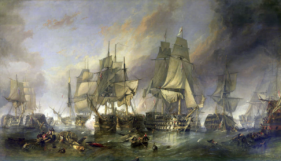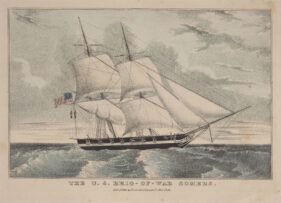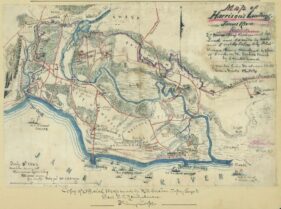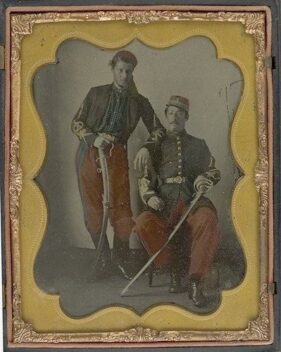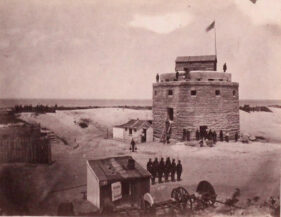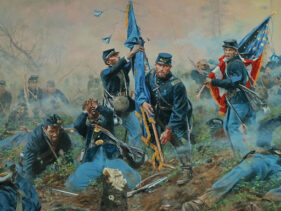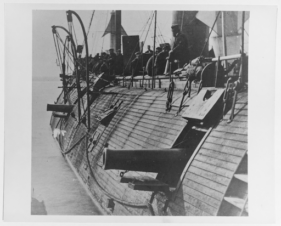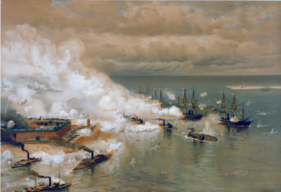John presents Civil War tours and lectures across the country and is the author of 18 books, with three more on the way. He leads the Museum’s Civil War and Hampton Roads Lecture Series and is now writing blogs and presenting online content via YouTube Live. John’s deep interest in all things related to the Civil War stems from his youth living on Fort Monroe, walking where heroes like Abraham Lincoln and R. E. Lee once stood. An avid collector of decoys, waterfowl/maritime art, and oriental rugs, John lives among them in his home, the 1757 Herbert House on Sunset Creek in Hampton, Virginia. On the National Register of Historic Places, this is the only house to have survived August 7, 1861, burning of Hampton.
John V. Quarstein
Director emeritus of the USS Monitor Center

